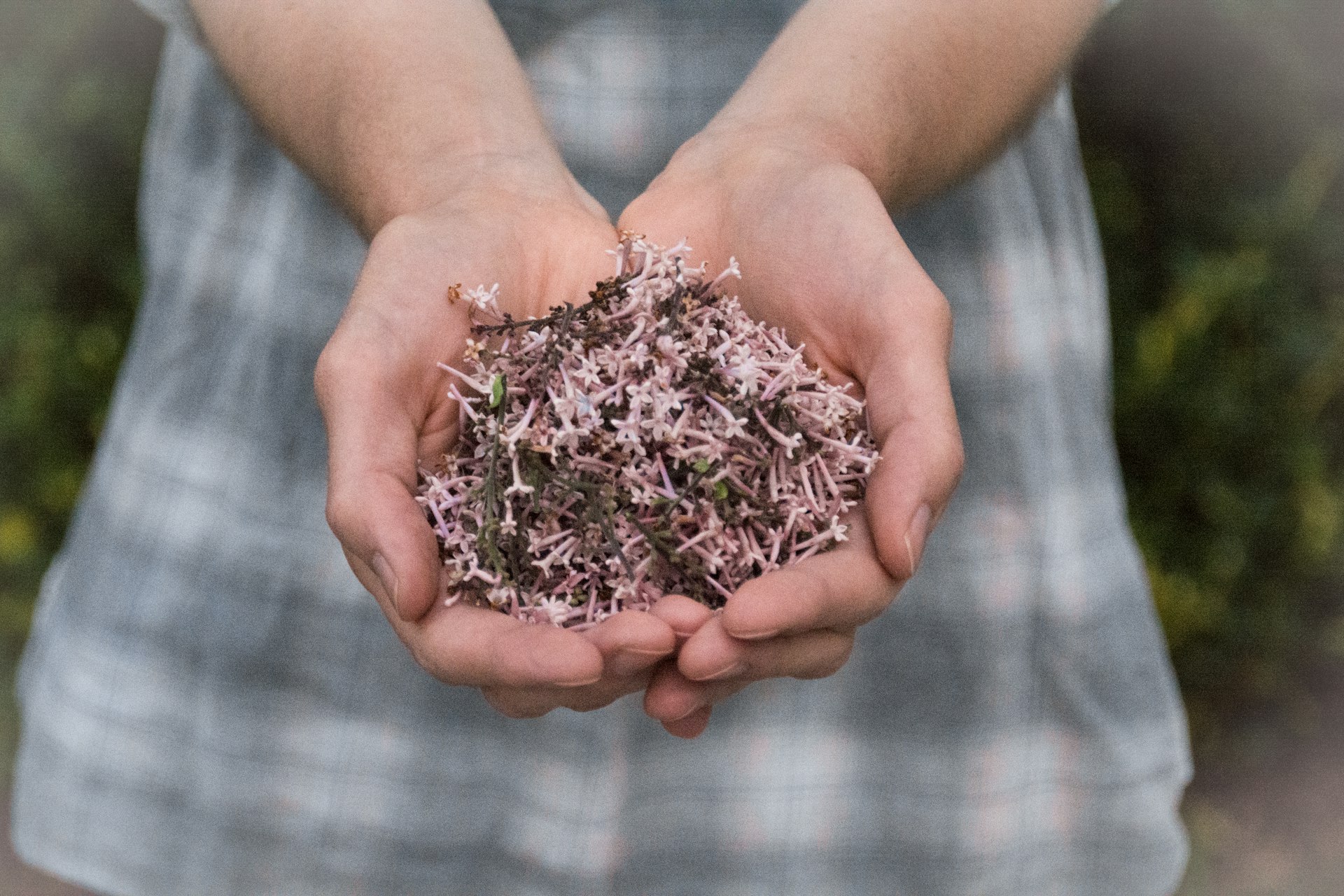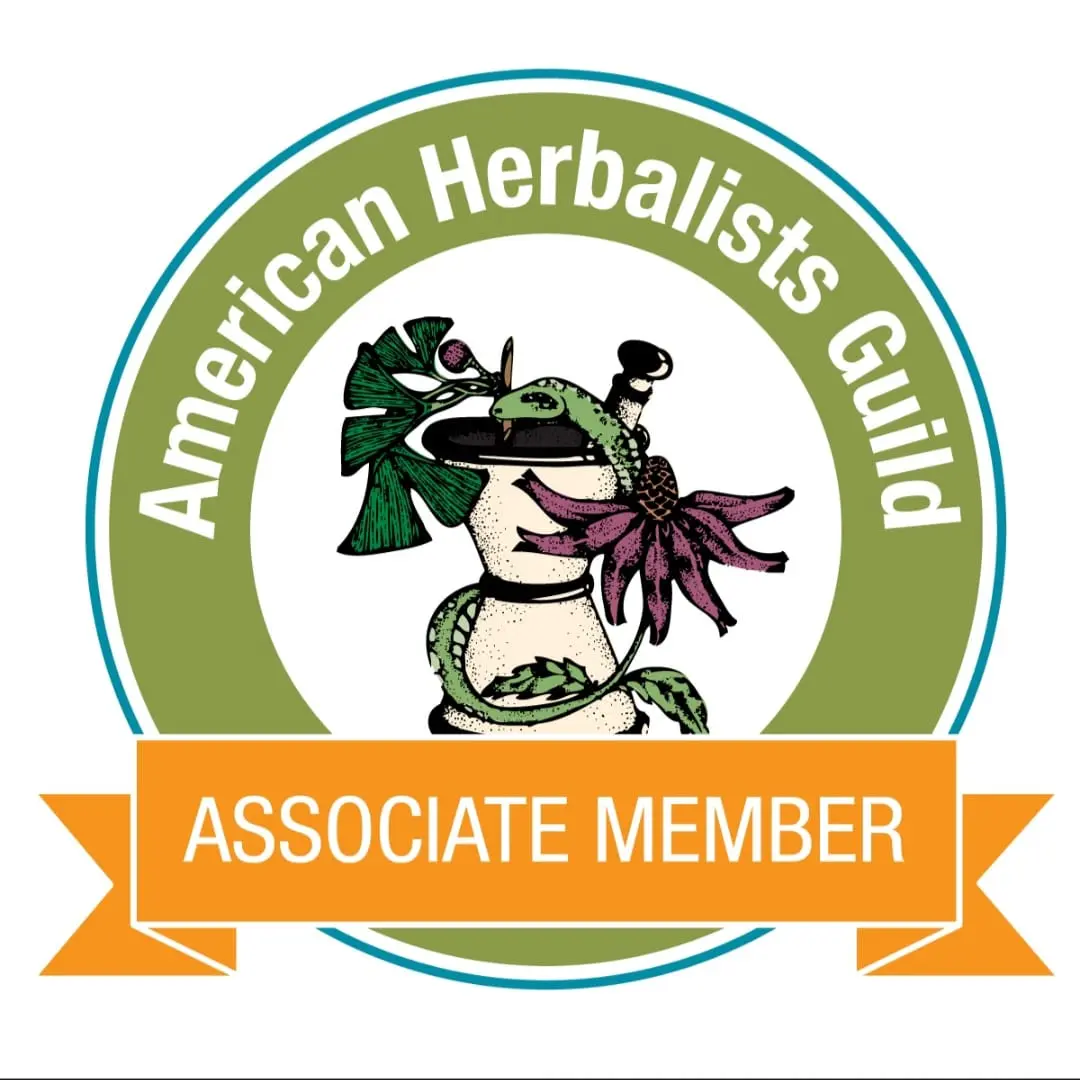Herb of the Month
Secretive Spiderwort - T. Virginica.
April showers give way to May flowers with the secretive spiderwort—a versatile herb loved for its culinary, medicinal, and ornamental charm. Explore its hidden magic!

Common Names
Commonly, it's called Virginia spiderwort, but it's also known as common spiderwort, spider lily, Inchplant, wandering jew, widow's tears, and flower-of-a-day, Job's tears, snake-grass, trinity, trinity-lily, dayflower.

Traditional Names
Latin name is Tradescantia virginiana
Family
Commelinaceae
Parts Used
Stems, leaves, & roots

Harvesting
Spring is ideal for harvesting Virginia spiderwort, especially when the plant is flowering. Collect leaves & stems when they're tender, & roots are typically harvested in late spring or early summer. Harvest in the morning to capture the plant's peak potency.
Sustainability
Generally sustainable; research status in Your area before harvesting.
Traditional Uses
Though often overlooked today, its mucilaginous leaves and vibrant flowers were once considered essential in-home remedies.
- Anti-inflammatory: Fresh juice or poultices applied to insect bites, rashes, and minor wounds to reduce swelling
- Digestive support: Teas brewed from leaves and stems were used to soothe upset stomachs and aid digestion
- Respiratory relief: Steam inhalation from boiled spiderwort was believed to clear nasal passages and ease coughs
- Kidney and urinary support: Combined with other herbs in traditional blends for kidney troubles
*Spiderwort’s mucilage is cooling and moistening—ideal for irritated tissues and overheated systems.
Folklore
Spiderwort has long been used by Native American tribes and folk herbalists across the Americas.
In some traditions, spiderwort was planted near homes to ward off illness and attract beneficial spirits.
The science stuff
Below You'll find: the key constituents, actions/energetics, uses, sample dosage guidelines, and more!
Key Constituents:
Virginia spiderwort contains flavonoids, mucilage, phenols, saponins, anti-microbial, & antioxidants, Minerals like calcium & iron, is rich in vitamins A & C & bioactive compounds that regulate gut health.
Actions & Energetics:
Anti-inflammatory; antioxidant; astringent; diuretic; poultice; volatile compounds.
Safety:
Generally considered safe & non-toxic. Always consult with a doctor before starting treatments.
Scroll on...
Discover even more below!

Scientific Research
Modern Research: Confirms potential in anti-inflammatory, antioxidant, and antimicrobial applications.
References
Works from various authors and institutions, such as the USDA, Britannica, & various studies.
Sample Adult Dose:
Take EXTRA caution when giving herbal remedies to children!
- Infusion: 1 cup (1 tsp dried herb in 8 fl oz boiling water), 3x/day.
- Tincture: 1-2 mL (1:5, 40%) 3x/day.
The Archives
Explore past Herbs of the Month in the Living Archive, where each entry is a memory and a medicine.
This living archive honors the rhythm of ritual care—season by season, scroll by scroll
Explore past herbs in the Living Archive, where each entry is a memory and a medicine. Enter The Archives







